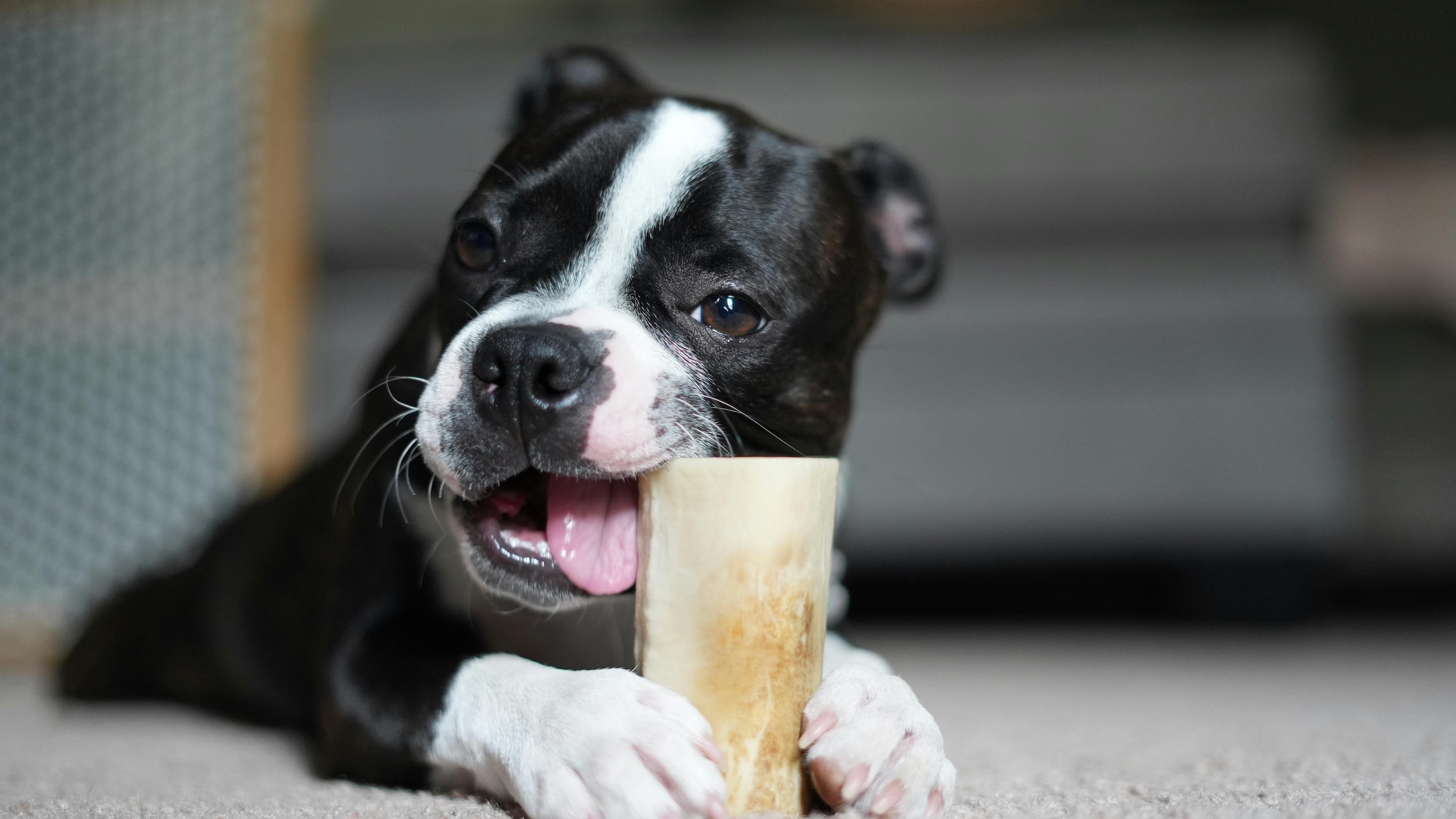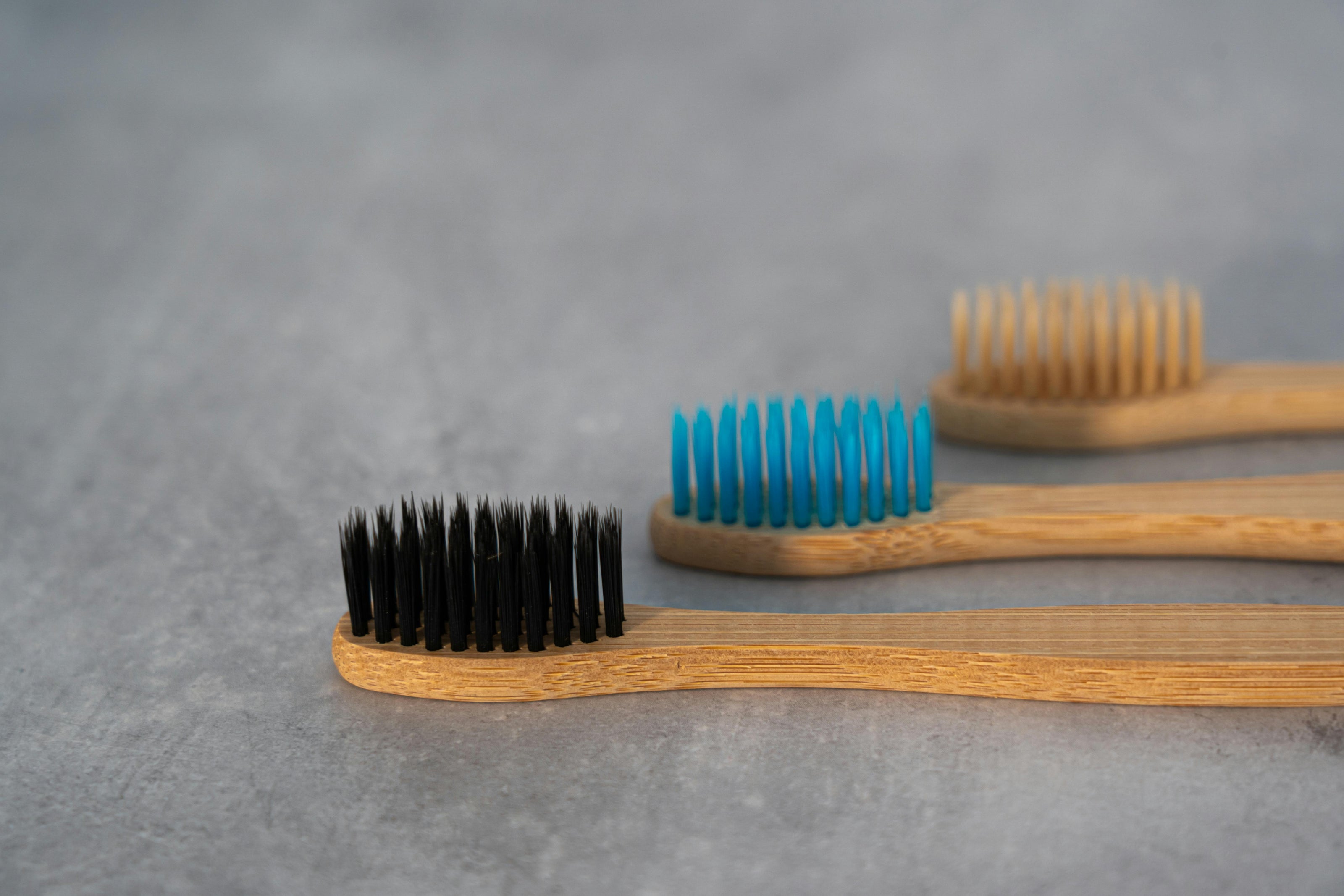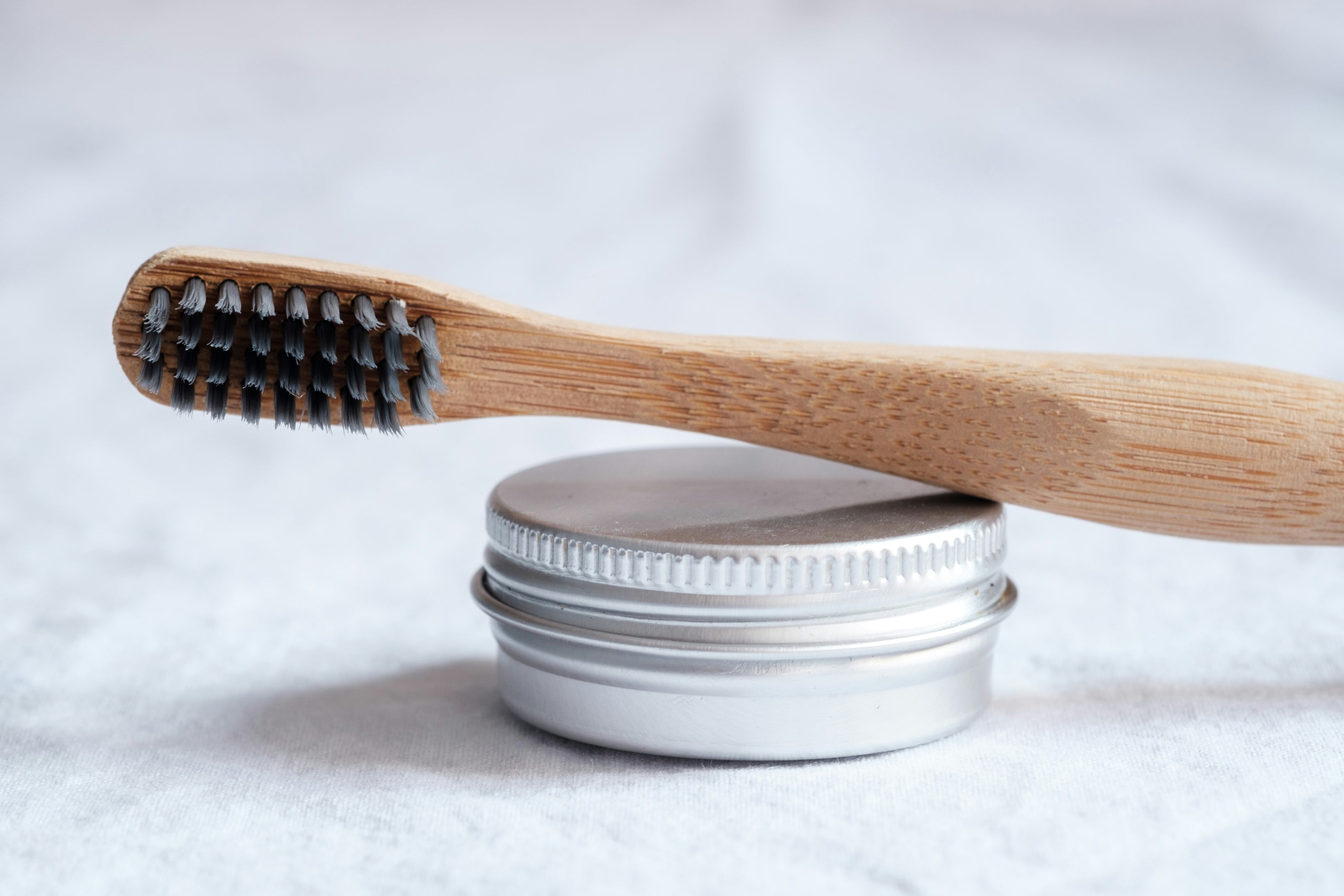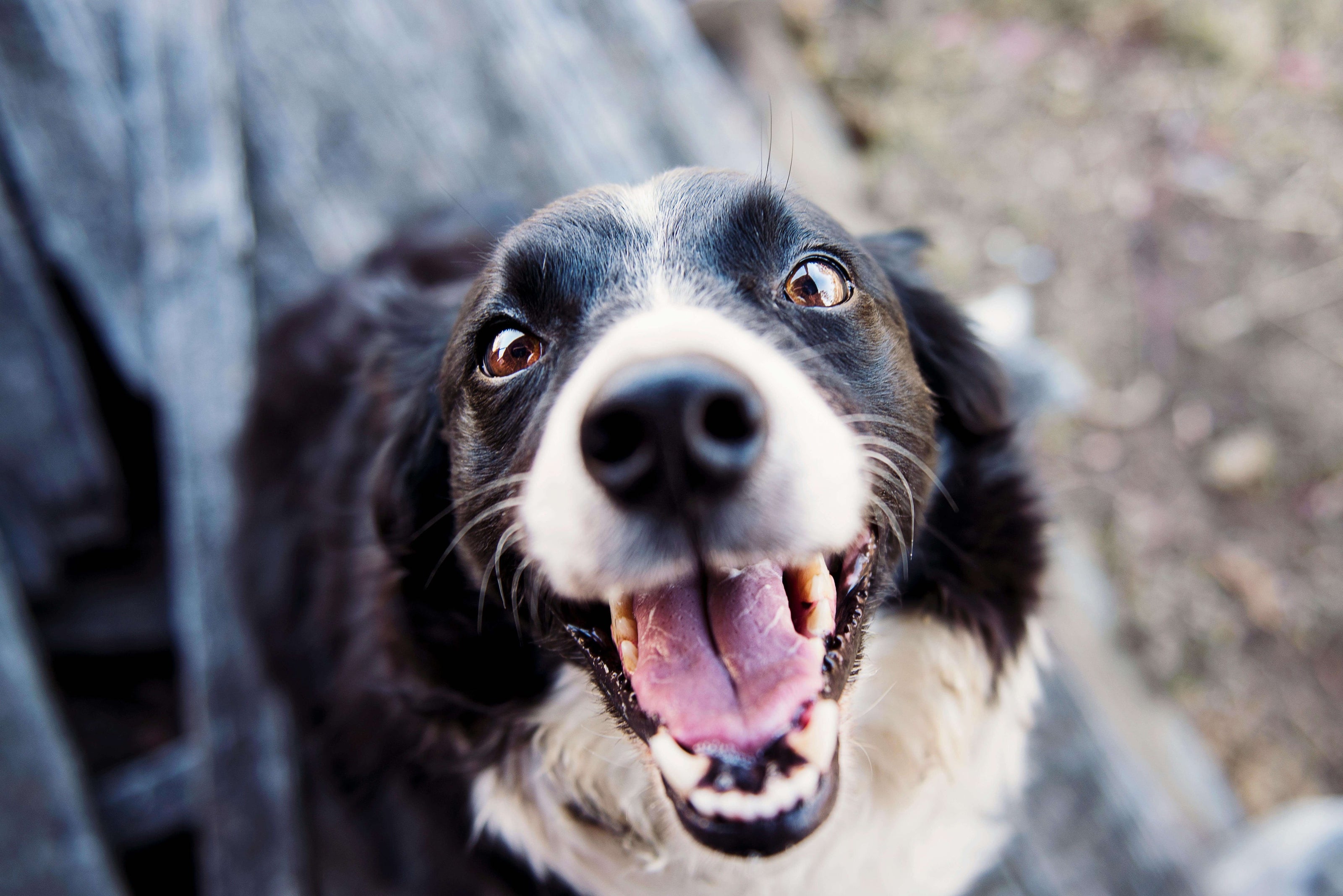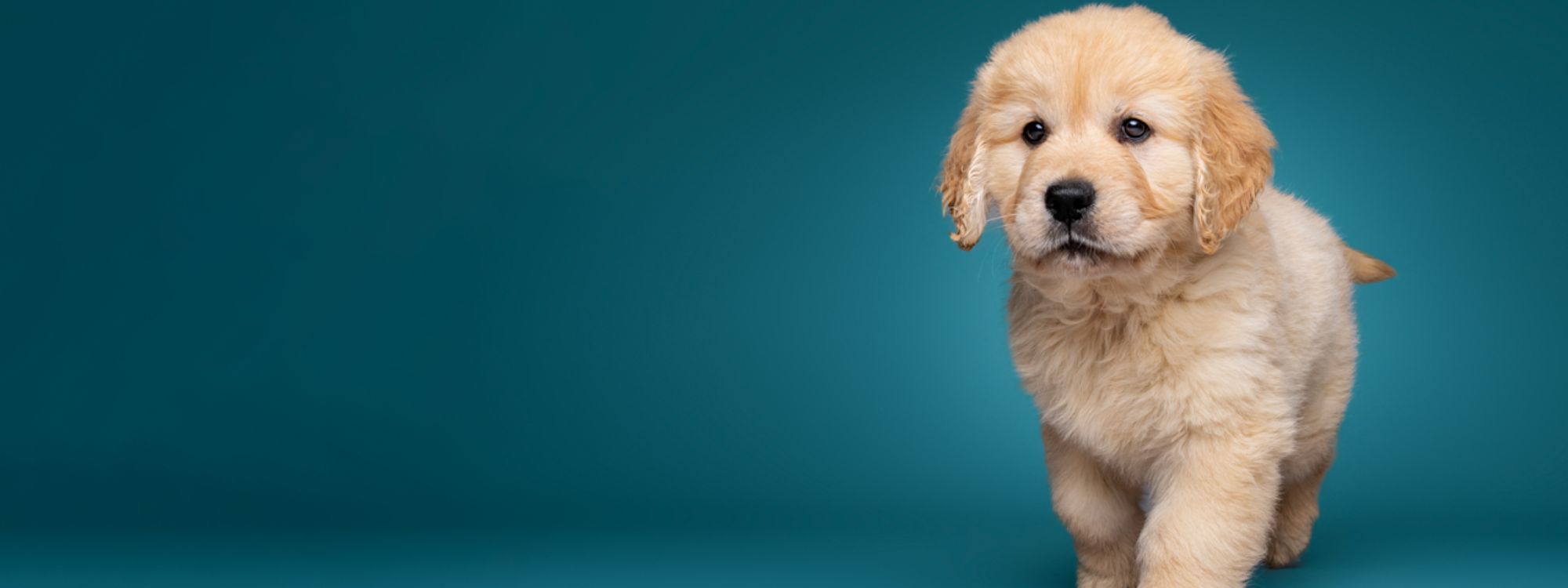Is your puppy teething?
Have you noticed more shredding damage than usual lately? That’s because your pup is still a bouncy, playful pup, but their teeth are almost adult size! As your puppy is teething, you may notice they eat less and go off their food because their gums are a little sore and tender to chew the food. Soaking the food in a bit of water and allowing it to soften will help.
We’ve put together a puppy teething timeline so you know what to expect as your puppy takes its first chomps into adulthood.
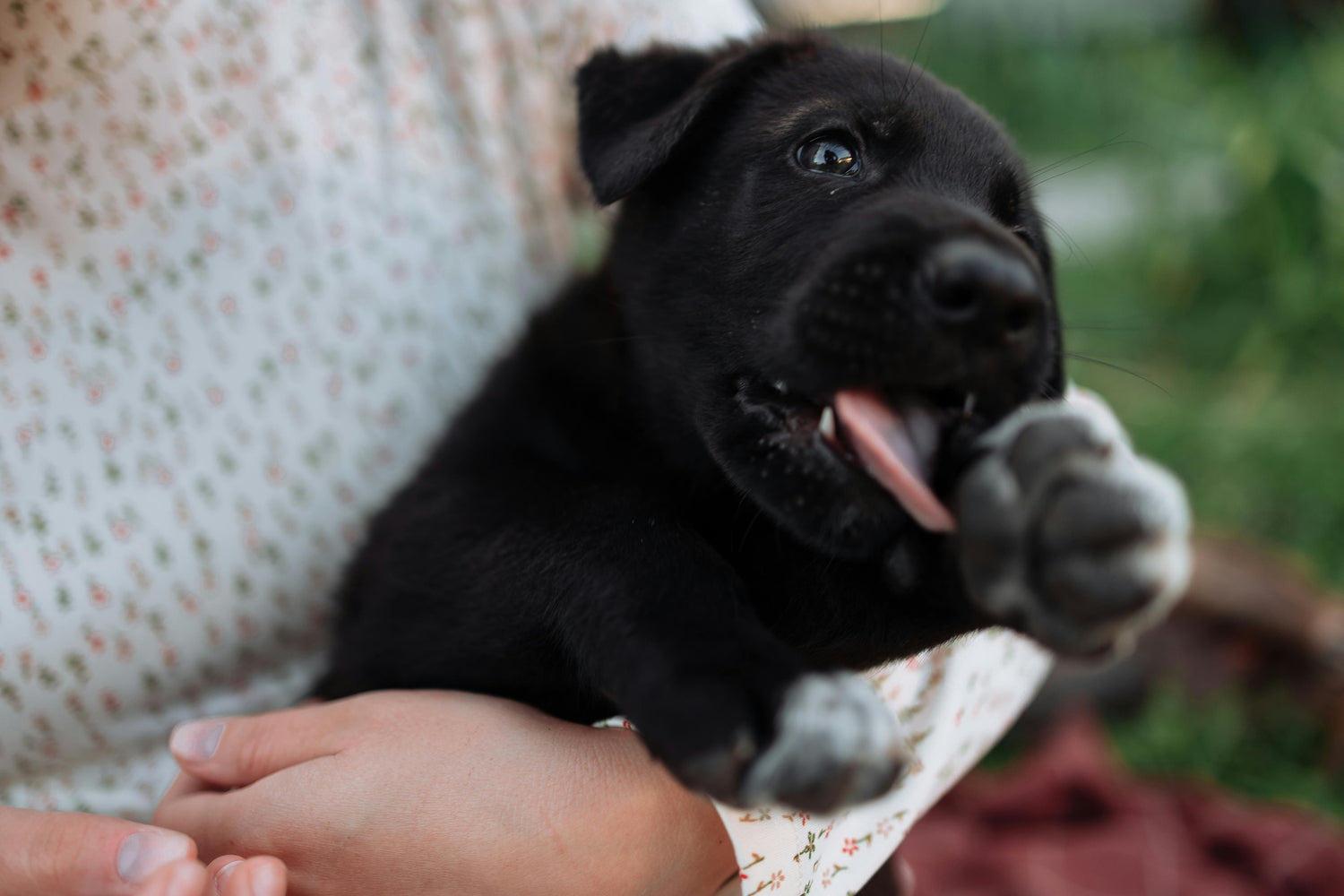
How long until your puppy gets their adult teeth?
At age 3-6 months, puppies teeth start to fall out and are replaced with adult teeth. Incisors are usually the first to fall out to make room for the adult teeth moving up behind them.
This process usually continues until they are around 8 months old when they finally develop a full set of adult teeth. If there are any remaining puppy teeth left in the gum by 6-7 months, contact your vet as they may need to be removed.
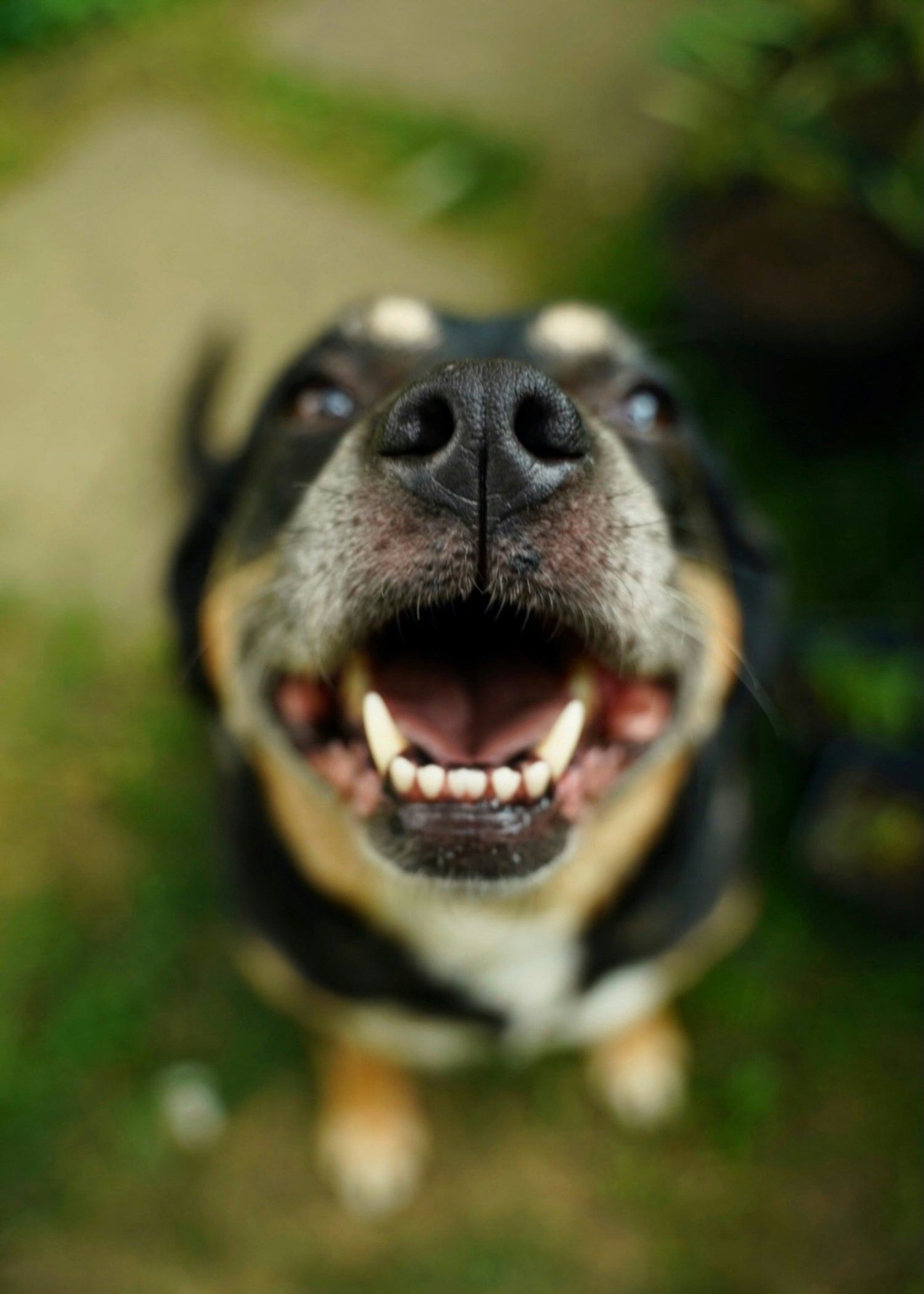
What is the best way to brush your puppy's teeth?
The most effective way to clean your puppy’s teeth and prevent plaque build-up is tooth brushing. If your puppy hasn’t been introduced to regular tooth brushing yet, then introduce the process gradually. Here’s some basic tips for looking after your pup’s teeth:
1. Ensure your pet is sitting comfortably
2. Start by only brushing a few teeth per session, gradually building up to being able to brush the whole of your pets’ mouth in one session. Ideally this process will need to be gradual and worked up to over time
3. Use gentle circular motions to brush the puppy’s teeth and gum line.
4. Use a circular motion and hold the brush at a 45° angle along the gum line. This will allow the filaments of the brush to clean between the teeth and along the gum line removing any plaque that has accumulated there.
Tooth brushing tips:
Top tips for nips!
Puppy nipping and chewing can be a slight issue at this age. This is a natural part of the teething process and with some training your puppy can learn to chew on the correct toys and not you - or your expensive furniture!
“If your puppy decides to nip you whilst playing, stop playing! Your puppy will soon learn that when they overstep the mark and chew you, their fun play session will end. Show them what they can chew and praise them when they follow your instructions.”
Kirstie Jones, Nutritionist
